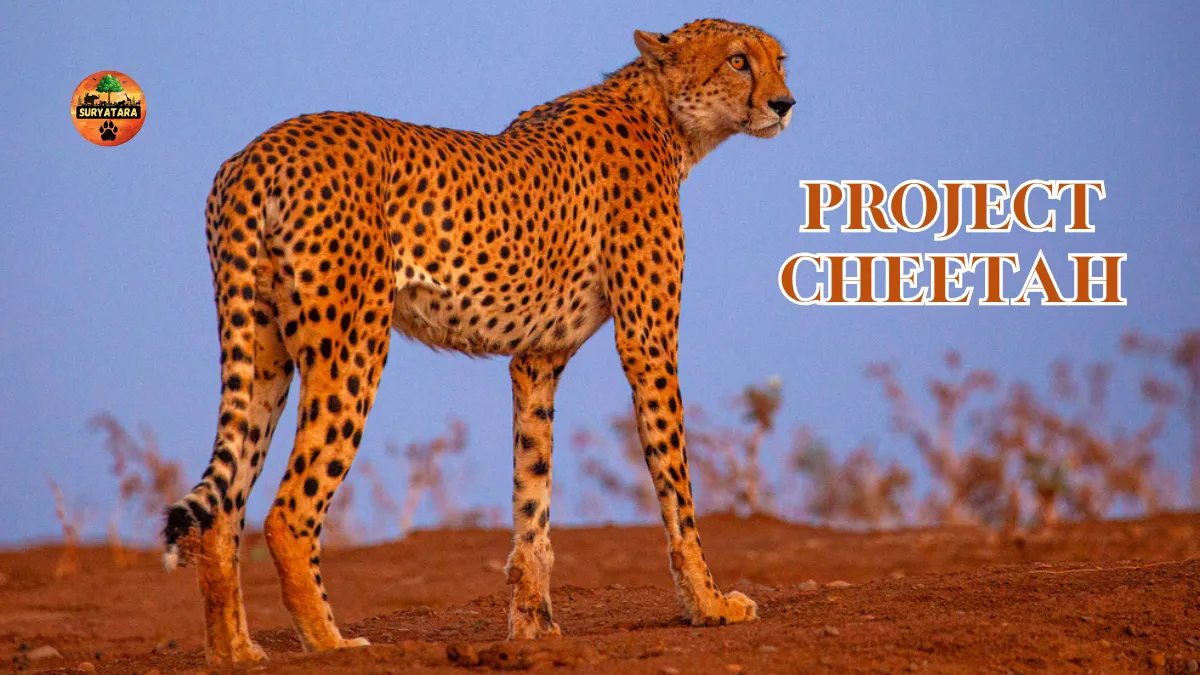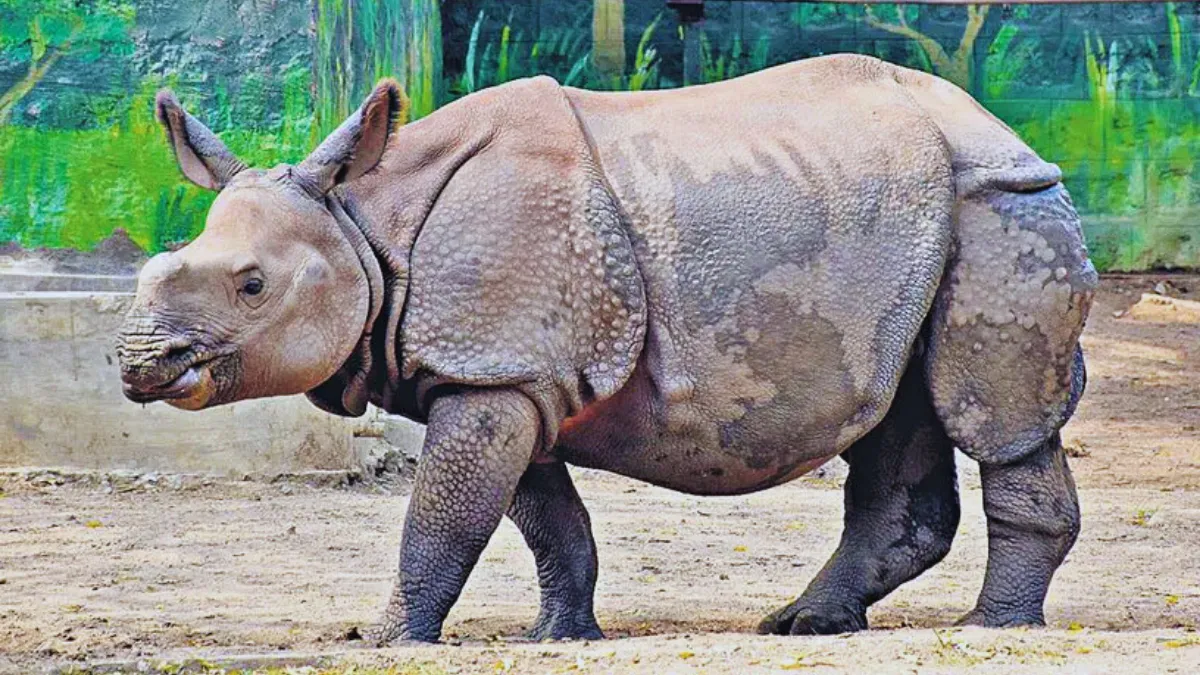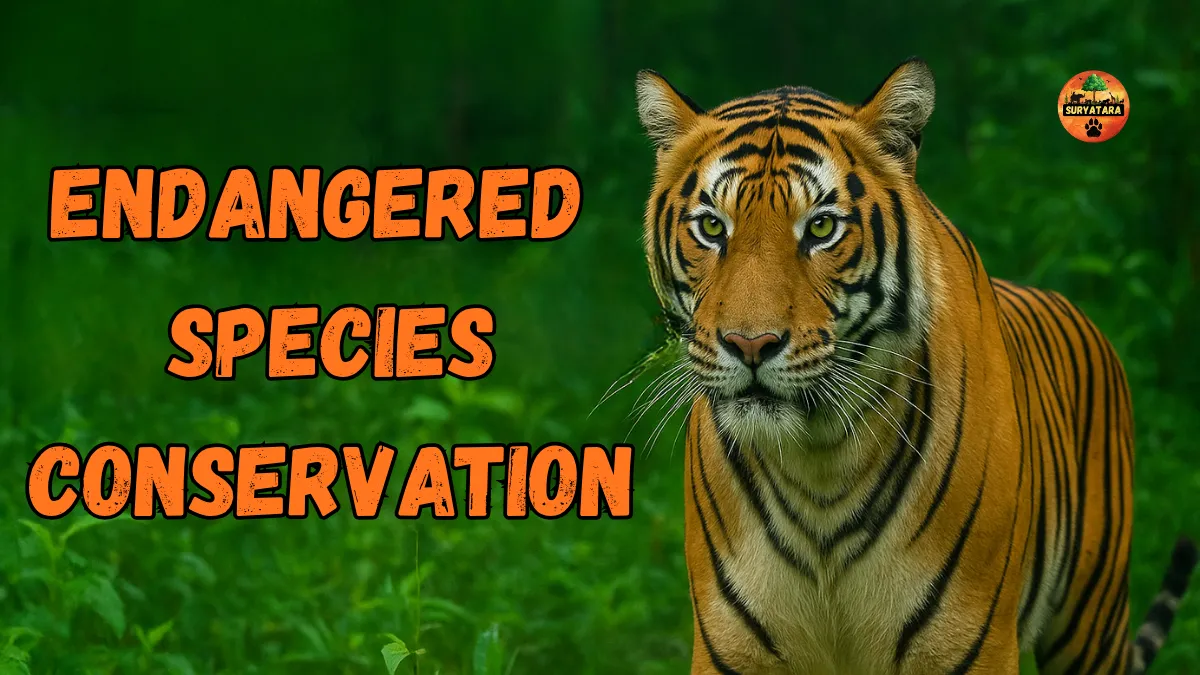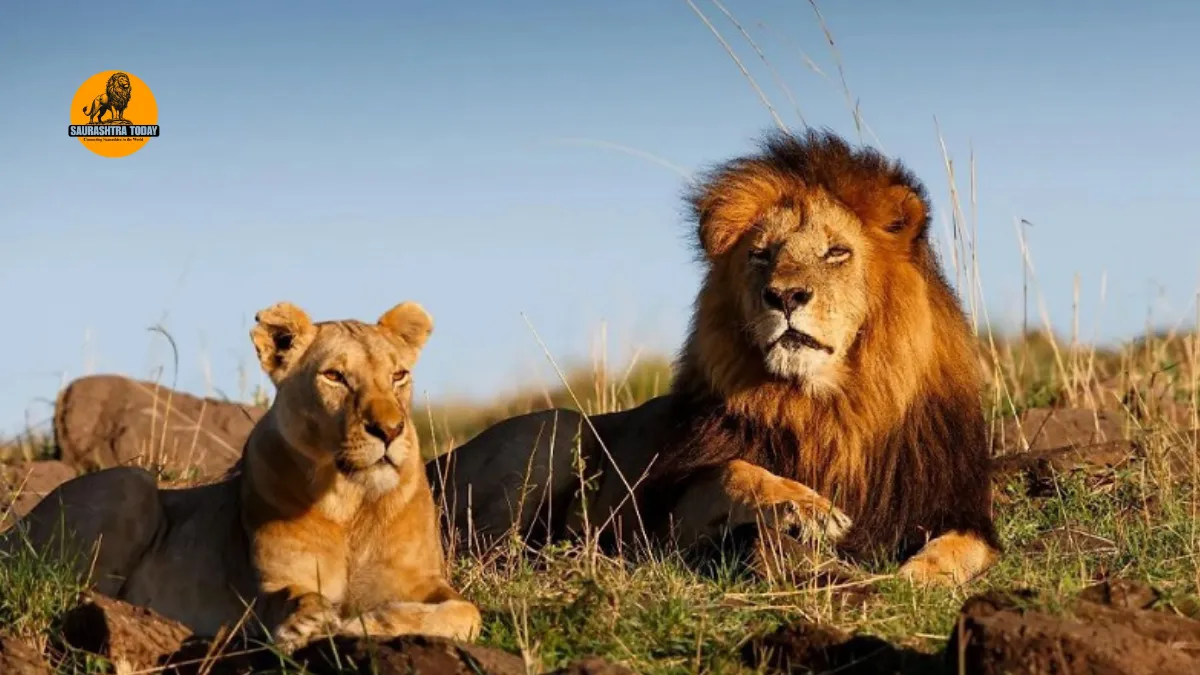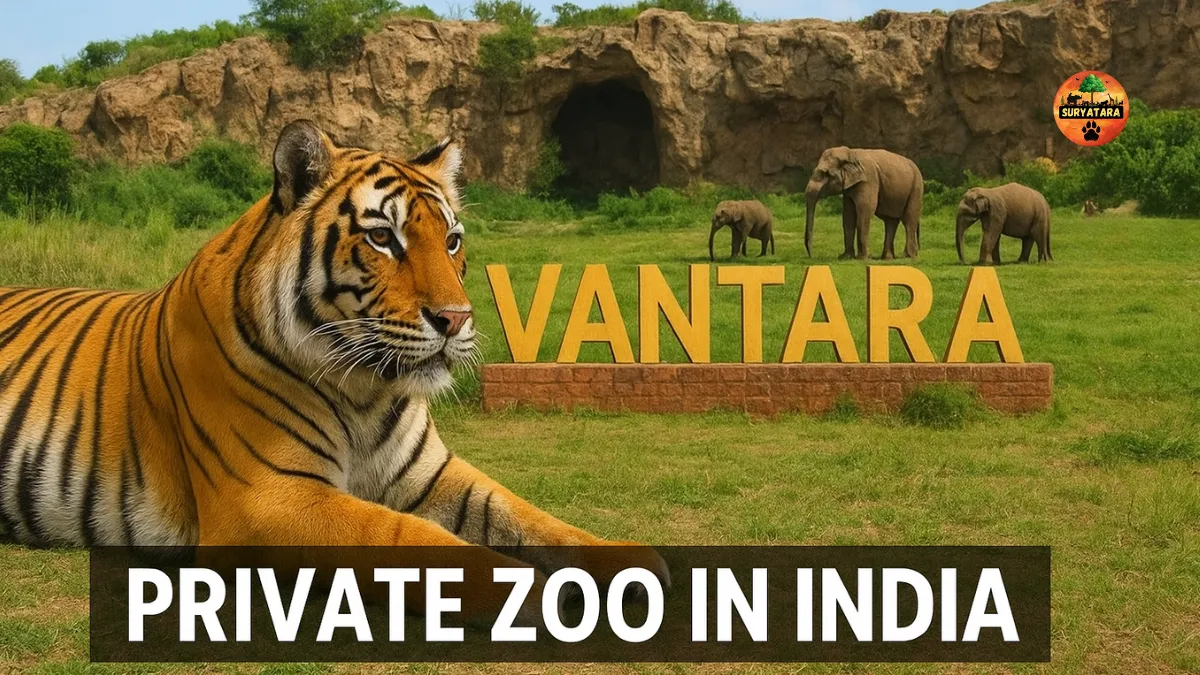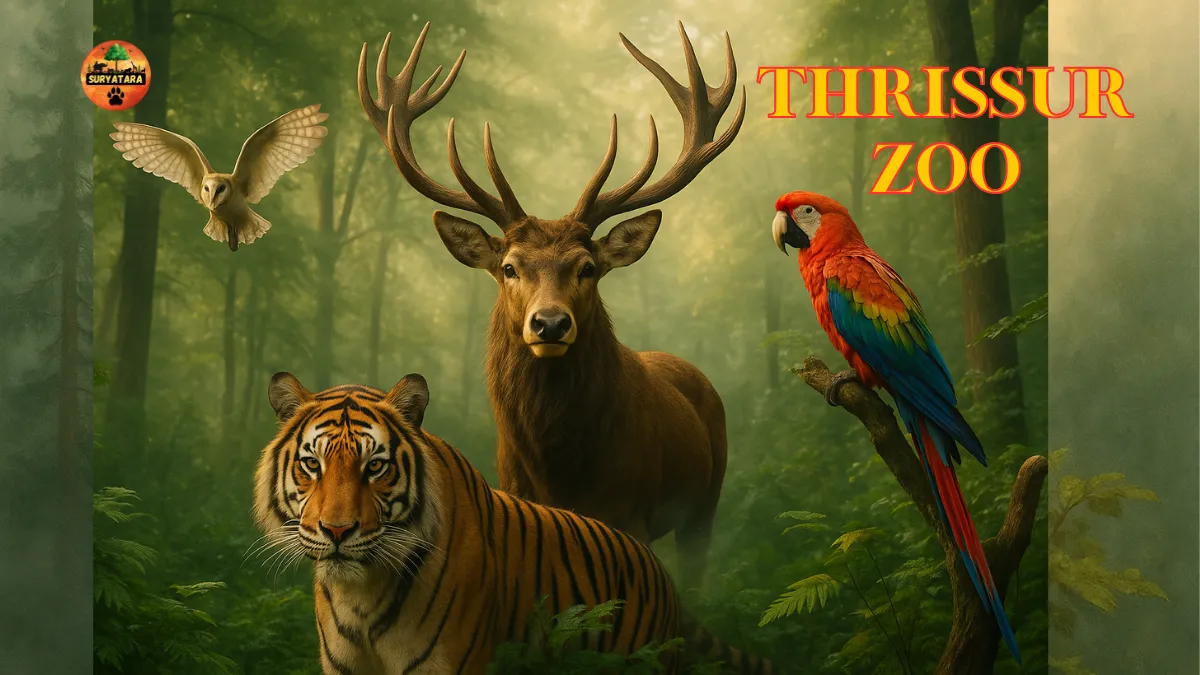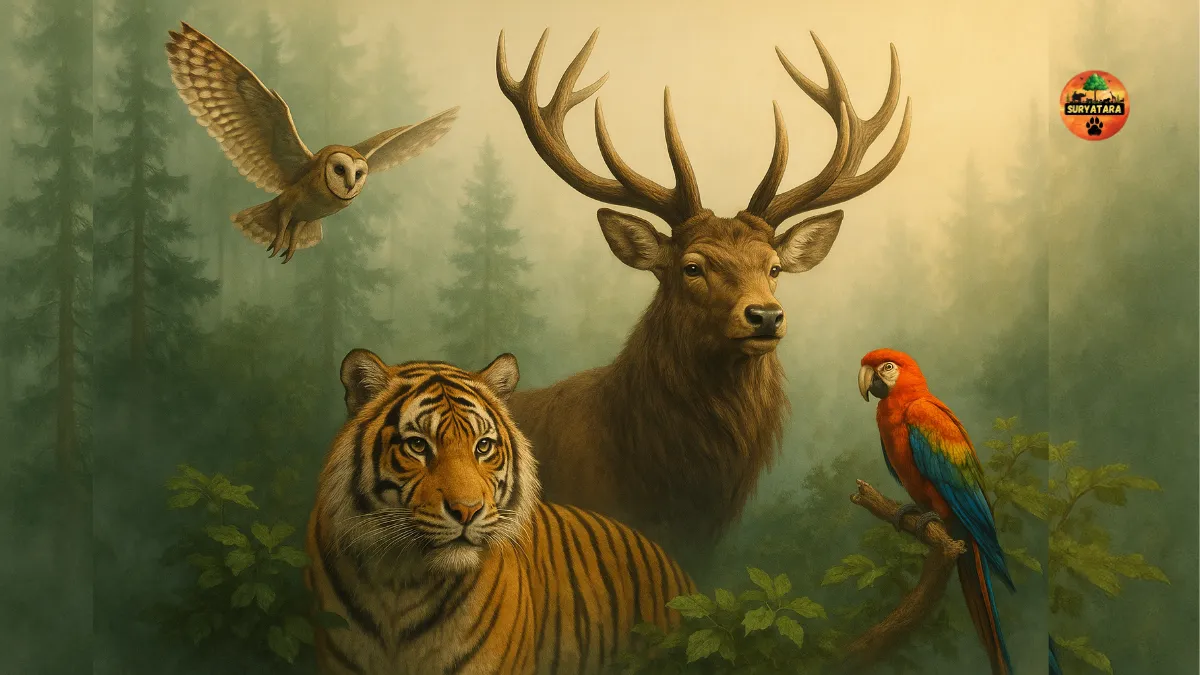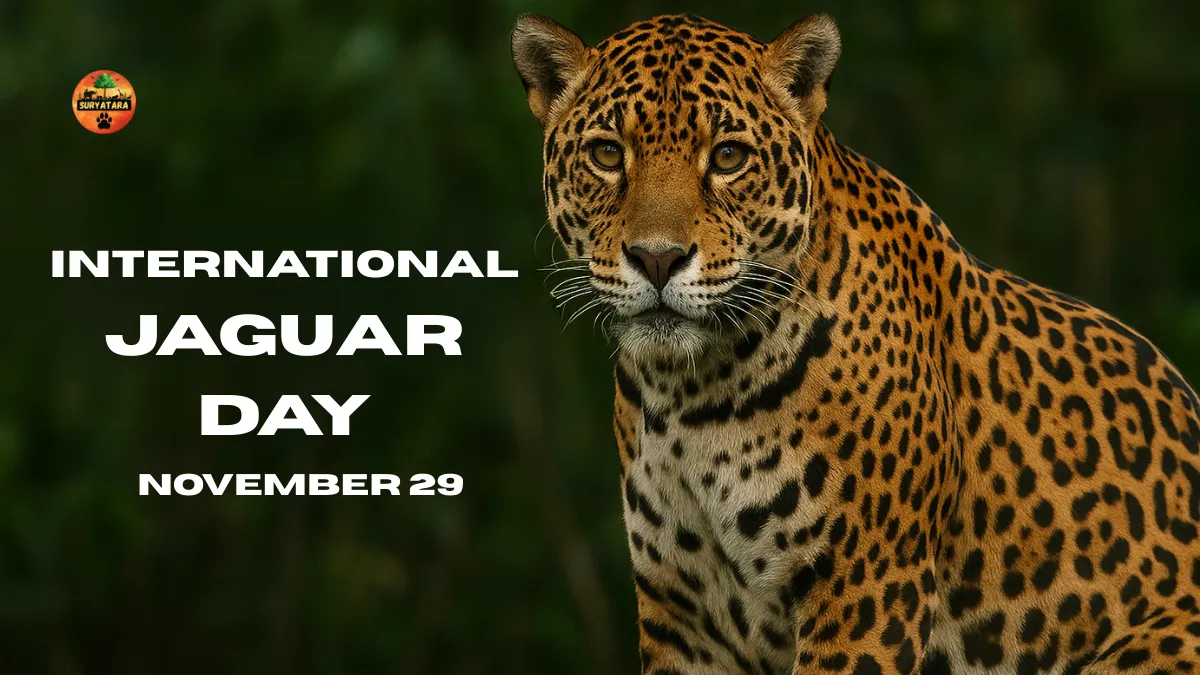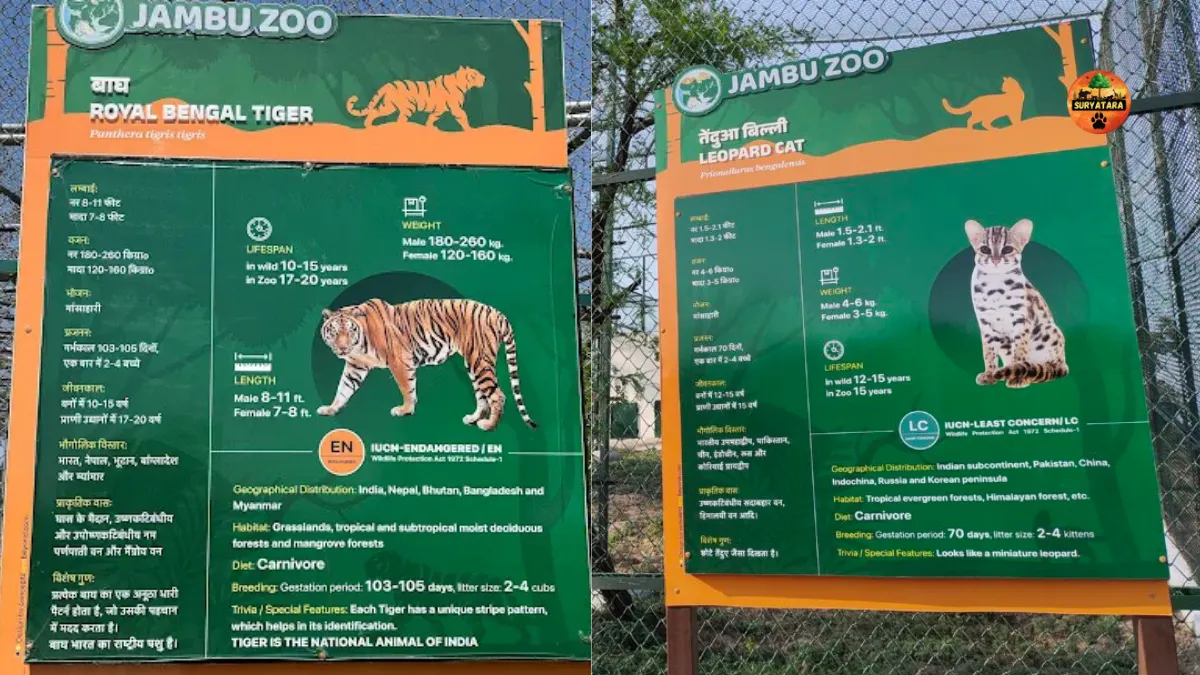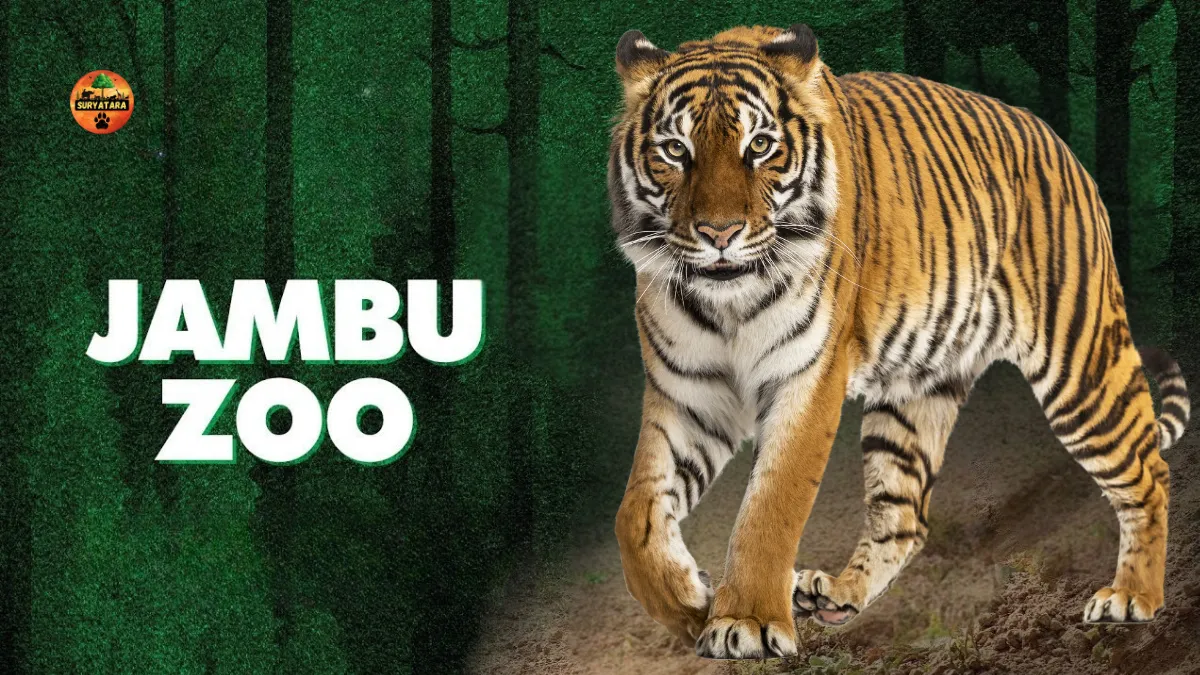Project Cheetah India has become one of the most ambitious and inspiring wildlife restoration efforts in the world. Once declared extinct in 1952, the cheetah—the fastest land animal on Earth—has now returned to Indian soil. What began as a distant dream has today transformed into a reality, with cheetahs roaming freely once again in the grasslands of the country.
As of 2025, India has 27 cheetahs, out of which 16 were born within the country itself. This is not only a historic conservation achievement but also a message to the world that ecological balance can be restored with persistence, planning, and community participation.
From Extinction in 1952 to Revival in 2025
Cheetahs were once widely spread across the Indian subcontinent. Known for their unmatched speed and elegance, they were integral to India’s grassland ecosystem. However, due to hunting, loss of habitat, and a lack of conservation awareness, the species was declared extinct in India in 1952. It was the only large carnivore to go completely extinct from the country.
But the dream of bringing them back never faded. After decades of discussion, planning began in earnest in 2014, and a historic turning point arrived in 2020 when the Supreme Court of India approved the translocation of cheetahs from Africa to India.
A Historic Translocation
Under the guidance of the Ministry of Environment, Forest and Climate Change (MoEFCC) and the Wildlife Institute of India (WII), a comprehensive action plan was finalized in December 2021.
In 2022 and 2023, cheetahs were flown in from Namibia and South Africa—marking the world’s first intercontinental translocation of a large wild carnivore. This event captured global attention, with India taking center stage in international conservation efforts.
Prime Minister Narendra Modi’s leadership gave fresh momentum to the project. His personal involvement turned Project Cheetah India into not just a conservation initiative, but a symbol of India’s commitment to ecological restoration.
Cheetah Population in India
The heart of the project is Kuno National Park in Madhya Pradesh, which spans more than 1,700 square kilometers. Today, Kuno is home to 15 free-ranging cheetahs, including 2 adult males, 3 adult females, and 10 sub-adults.
Overall, India’s cheetah population now stands at 27, out of which 16 have been born within the country. The very first cheetah cub born in India, named Mukhi, is now a healthy two-and-a-half-year-old—standing as a living symbol of success.
To ensure constant monitoring, every cheetah is fitted with a radio collar, allowing teams to track movements and safeguard their health.
Table: Current Status of Project Cheetah India (2025)
| Aspect | Details |
|---|---|
| Year of Cheetah Extinction in India | 1952 |
| Year of Supreme Court Approval | 2020 |
| First Arrival from Africa | 2022 |
| Current Total Population | 27 |
| Born in India | 16 |
| First Born in India | Mukhi (2.5 years old) |
| Main Habitat | Kuno National Park (Madhya Pradesh) |
| Expansion Sites | Gandhi Sagar, Banni Grasslands (Gujarat), Nauradehi (Madhya Pradesh) |
| Survival Rate of Cubs in India | 61% (Global average 40%) |
Expanding Beyond Kuno
While Kuno remains the core habitat, expansion is underway. On 17 September 2025, three cheetahs were released into the Gandhi Sagar Wildlife Sanctuary in Madhya Pradesh. Additionally, two more sites are being prepared:
- Banni Grasslands in Gujarat
- Nauradehi Wildlife Sanctuary in Madhya Pradesh
This expansion ensures that the cheetah population spreads across multiple landscapes, reducing the risks of disease, conflict, or ecological pressure. Gujarat, in particular, will make history as cheetahs return to its grasslands for the first time in modern history by December 2025.
Higher Survival Rates in India
One of the most remarkable aspects of Project Cheetah India is the survival rate of cubs. Globally, only about 40% of cheetah cubs survive, but in India, the rate stands at a much higher 61%.
Out of every five cubs born, at least three survive. Experts credit India’s rich grasslands, abundant prey base, and improved management systems for this success.
People’s Participation: The Role of ‘Cheetah Mitras’
What makes this project unique is the involvement of local communities. More than 450 volunteers, known as “Cheetah Mitras”, have been trained to spread awareness, prevent human-wildlife conflict, and promote coexistence.
Additionally, conservation education has been introduced through Anubhooti Camps, where over 2,500 students and 500 teachers have learned about wildlife conservation. These initiatives ensure that the younger generation becomes an active guardian of India’s biodiversity.
Also read: What is Project cheetah? India’s Bold Step to Reintroduce Cheetahs in the Wild
Ecotourism Potential
Cheetah sightings have already begun in tourism zones, sparking excitement among wildlife enthusiasts. This revival is expected to boost eco-tourism, bringing economic benefits to local communities while creating a deeper connection between people and conservation.
India’s Global Leadership in Wildlife Conservation
India’s successful management of tigers, lions, leopards, and now cheetahs demonstrates its unmatched expertise in large carnivore conservation. With Project Cheetah India, the country has once again proven its leadership in global wildlife protection.
The higher survival rate of cubs compared to global averages strengthens India’s reputation as a leader in innovative conservation practices.
Also read: Project Cheetah: कच्छ के बन्नी घास के मैदान में चीतों के स्वागत की तैयारी पूरी
The Road Ahead
The future plans are ambitious:
- Introduce 10–12 cheetahs every year from African countries like Namibia, Kenya, and Botswana.
- Strengthen existing habitats like Kuno and Gandhi Sagar.
- Expand into new territories such as Banni Grasslands in Gujarat.
- Maintain close international cooperation for long-term genetic diversity.
The ultimate goal is simple yet profound: not only to reintroduce cheetahs but to ensure they thrive, reproduce, and reclaim their place in India’s ecosystems.
A New Chapter for Gujarat
By the end of 2025, Gujarat’s Banni Grasslands will welcome its first cheetahs. This marks a new chapter, reviving a species that last roamed these lands centuries ago. For Gujarat, already home to the Asiatic lion, this adds another feather to its cap as a conservation hub.
Also read: India’s Success in Rhino Conservation: Kaziranga Leads with 70% of Global Population
Conclusion
Project Cheetah India is far more than a conservation story. It is about correcting a historical wrong, restoring lost balance, and offering future generations a chance to witness the graceful sprint of cheetahs in Indian grasslands.
From extinction in 1952 to 27 cheetahs in 2025—with 16 born in India itself—the journey is nothing short of extraordinary. It stands as a global example of how science, political will, and community participation can revive a species once thought lost forever.
India has not only brought back the cheetah—it has brought back hope.
